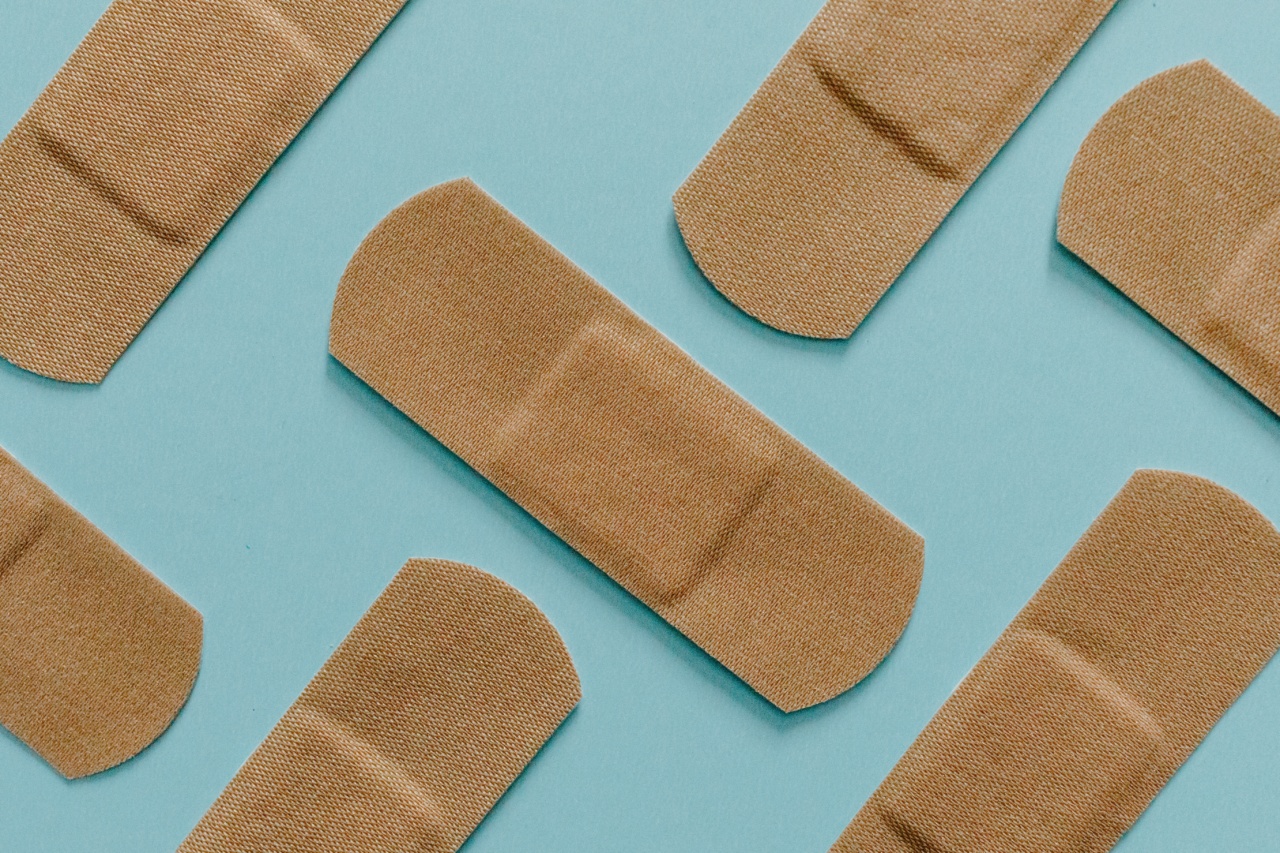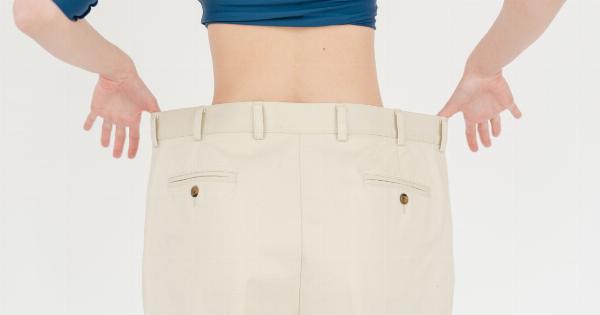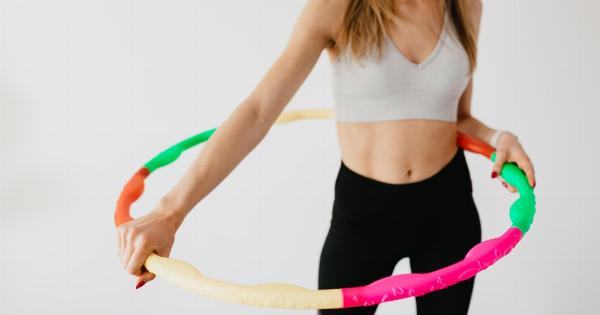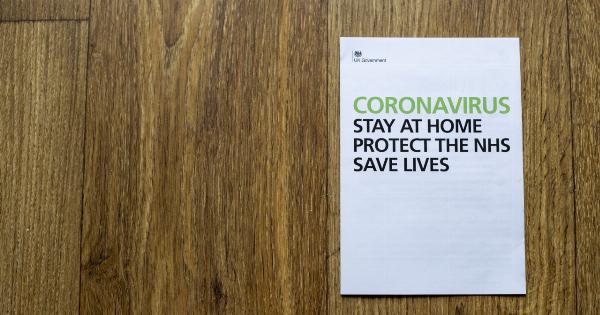Waist pain can be a common problem that affects people of all ages. It can be caused by various reasons such as muscle strain, poor posture, injury, or underlying medical conditions.
While medication can provide temporary relief, it is always better to explore natural remedies to reduce waist pain in the long run. In this article, we will discuss some effective methods to alleviate waist pain without relying on medication.
1. Apply Heat or Cold Packs
One of the simplest and most effective ways to relieve waist pain is by applying heat or cold packs. Heat therapy can increase blood circulation and relax the muscles, while cold therapy can reduce inflammation and numb the area, providing pain relief.
You can use a hot water bottle, heating pad, or take a warm bath for heat therapy. For cold therapy, wrap a bag of ice or a bag of frozen vegetables in a towel and apply it directly to the affected area for about 15 minutes. Remember to use a barrier like a cloth between the pack and your skin to avoid frostbite.
2. Practice Good Posture
Poor posture can contribute to waist pain by putting strain on the muscles and ligaments in the area. Maintaining good posture helps to distribute the load evenly and reduces unnecessary stress on the waist.
Make a conscious effort to sit and stand with your shoulders back, chin tucked, and back straight. Using ergonomic chairs and adjusting your workspace setup can also improve your posture and alleviate waist pain caused by long hours of sitting.
3. Engage in Physical Activity
Regular physical activity is crucial for maintaining a healthy waist and overall well-being. Exercises that strengthen the core muscles can help to stabilize the spine and reduce waist pain.
Low-impact exercises like swimming, walking, and yoga are gentle on the waist and can provide significant relief. Avoid activities that put excessive stress on your waist, such as heavy weightlifting or high-impact sports.
4. Stretch and Strengthen the Waist Muscles
Stretching and strengthening exercises specifically targeting the waist muscles can alleviate pain and prevent future episodes. Simple stretches like the waist twist, backbends, and side stretches can help to relieve tension in the waist area.
Strengthening exercises like planks and pelvic tilts can improve the stability of the waist and reduce pain. It is recommended to consult a physical therapist or fitness professional to learn the correct techniques and exercises suitable for your condition.
5. Maintain a Healthy Weight
Excess weight can put strain on the waist and increase the risk of developing waist pain. Maintaining a healthy weight through a balanced diet and regular exercise can alleviate pressure on the waist and reduce the likelihood of experiencing pain.
Losing weight gradually and adopting healthy lifestyle habits, such as eating nutritious meals and avoiding sedentary behaviors, can contribute to long-term relief from waist pain.
6. Practice Stress Management Techniques
Stress can exacerbate waist pain and make it harder to find relief. Incorporating stress management techniques into your daily routine can be incredibly beneficial. Practice deep breathing exercises, meditation, or yoga to relax your mind and body.
Engaging in activities you enjoy and dedicating time for relaxation can also help to reduce stress levels and alleviate waist pain.
7. Improve Your Sleeping Position
The way you sleep can have a significant impact on your waist health. Sleeping in the wrong position can strain the muscles and ligaments in the area, leading to pain or discomfort.
It is generally recommended to sleep on your side with a pillow between your knees to maintain proper spinal alignment. Avoid sleeping on your stomach as it can put unnecessary stress on your waist and neck.
8. Use Proper Lifting Techniques
If your waist pain is caused by lifting heavy objects incorrectly, it is essential to learn and practice proper lifting techniques. When lifting, bend your knees and keep your back straight. Avoid twisting your waist while carrying a heavy load.
If an object is too heavy to lift on your own, ask for assistance to prevent strain on your waist muscles.
9. Explore Alternative Therapies
Several alternative therapies can provide relief from waist pain without medication.
Options like acupuncture, chiropractic adjustments, and massage therapy can help to reduce muscle tension, improve blood flow, and release endorphins, which are natural painkillers. Consult with a qualified practitioner to determine which alternative therapy may be most suitable for your condition.
10. Supportive Braces or Belts
In certain cases, wearing a supportive brace or belt around the waist can provide temporary relief from pain. These devices can help to stabilize the area, reduce strain on the muscles, and improve posture.
However, it is important not to rely solely on supportive braces or belts and to combine their usage with other natural remedies and lifestyle changes for long-term relief.

























